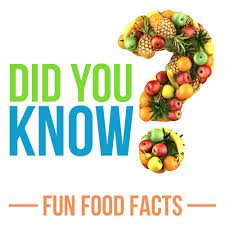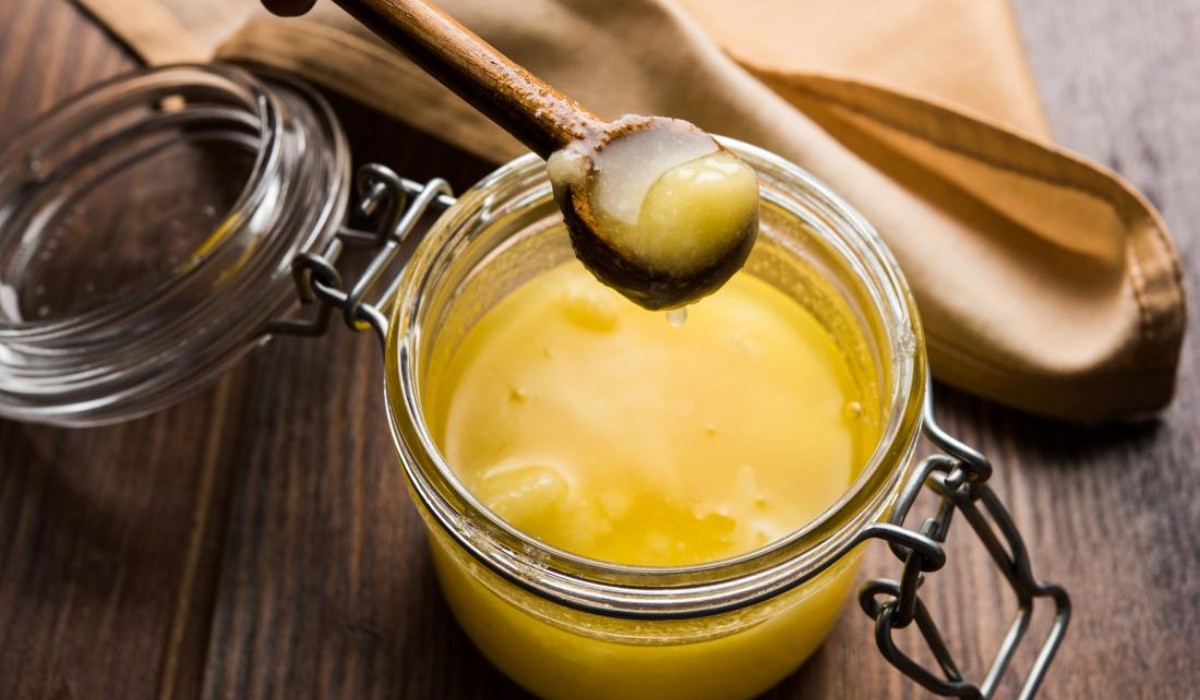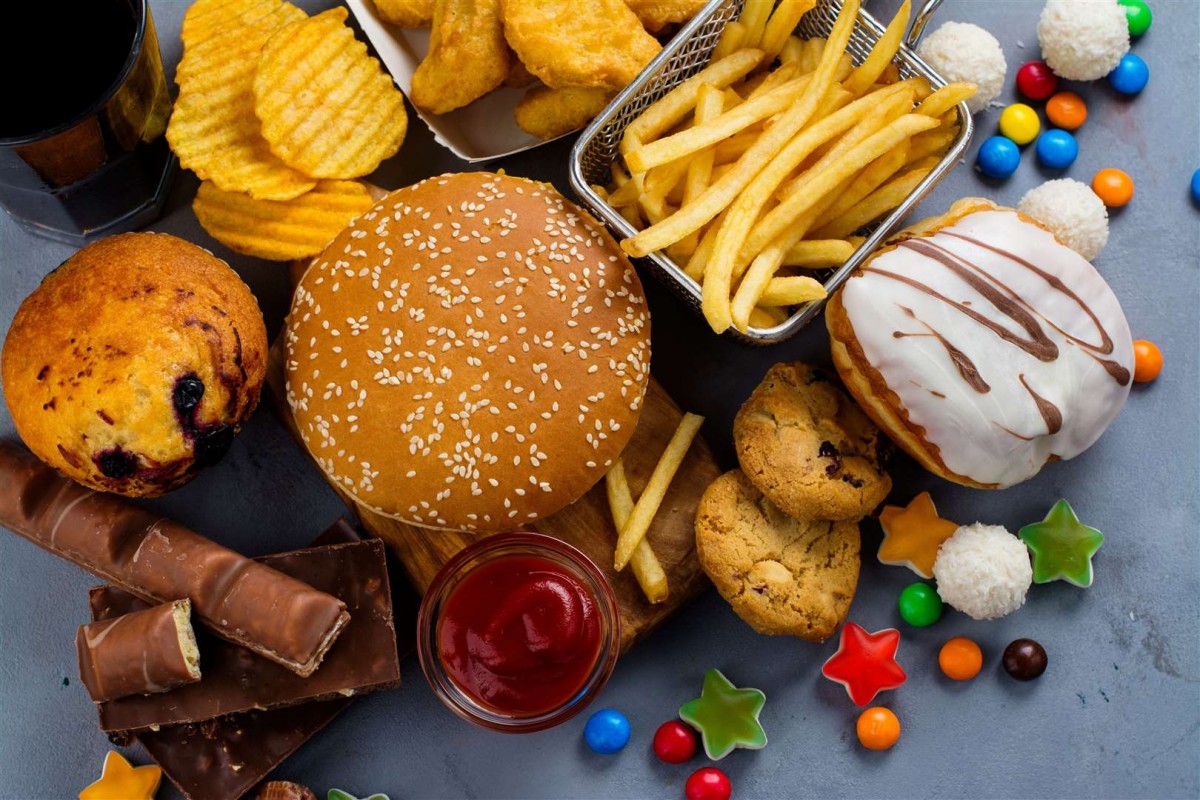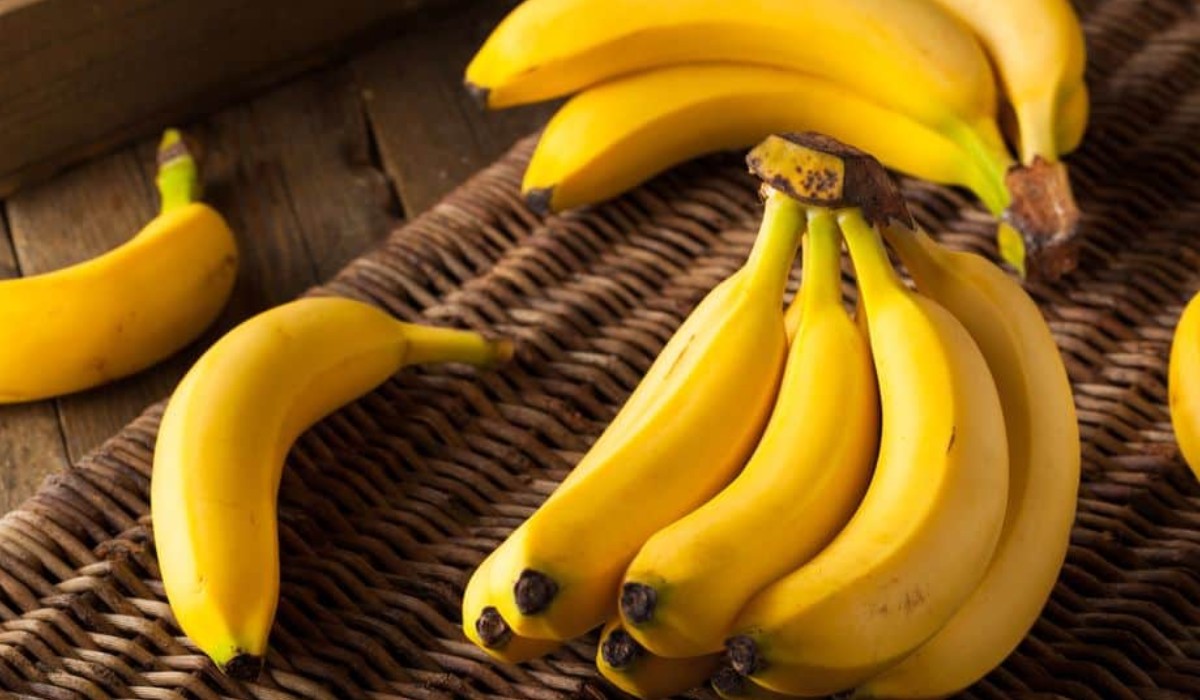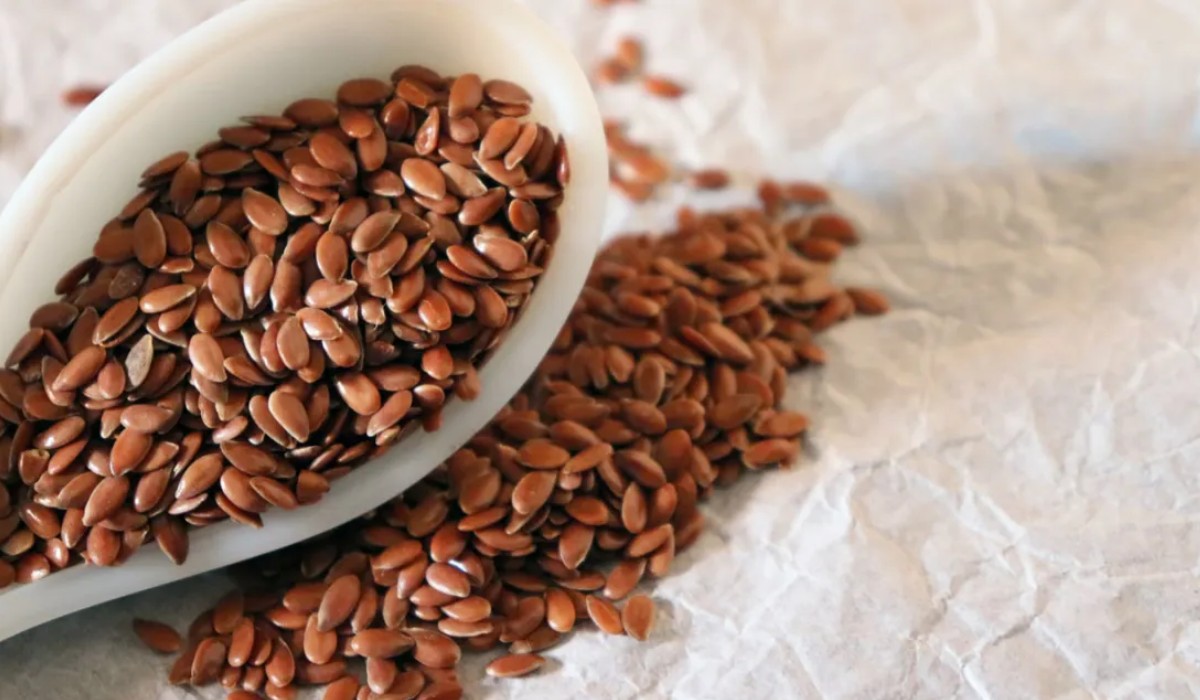Many shredded cheese and cereals contain cellulose (wood pulp).
Cellulose, which is essentially sawdust. It is often used in various shredded cheese products and cereals to prevent them from clumping.
When you look at the ingredient list on the back of a bag of shredded cheddar, you’ll almost always find cellulose. It’s a common ingredient in pre-shredded cheese, valued for its anti-caking and moisture-absorbing properties.
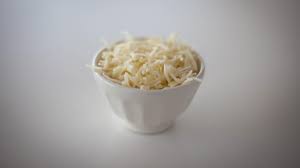
Ketchup was once believed to have medicinal qualities that could cure, among other ailments, diarrhea.
In the early 1800s, tomatoes were turning out to have medicinal uses. Per Fast Company, a doctor in Ohio in the 1830s claimed that tomatoes could treat diarrhea and indigestion, publishing recipes for a kind of tomato ketchup that he soon turned into a concentrated pill.
Unfortunately, he could not make the ketchup pills concrete enough. According to Ripley’s, by the 1850s, Bennet had gone out of business. Copycats selling laxatives as tomato pills eventually discredited the medicine.
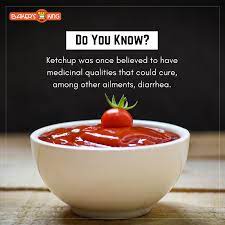
Scientists can turn peanut butter into diamonds.
Scientists at the Bayerisches Geoinstitut in Germany have discovered that since peanut butter is so rich in carbon. It’s possible to turn simple Skippy into diamonds. All you need to do is to extract the oxygen from the carbon dioxide found in the peanut spread, and then enact immense pressure on the carbon left behind.
To replicate this in the lab, the scientists tried subjecting a carbon-rich material—peanut butter—to such high pressures. Volatile hydrogen entered the mix and ruined the experiment, but not before diamonds emerged in the high-pressure environment.
Peanut butter can be converted into diamonds by subjecting it to extremely high temperatures and pressure. Although The quality of diamond produced by the peanut butter won’t be something to write home about. The resulting diamonds are typically very small and tend to be muddy in color.







